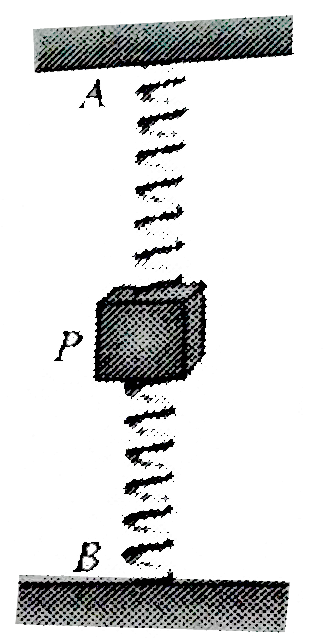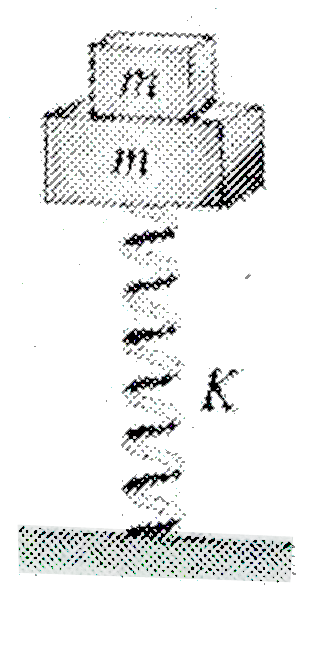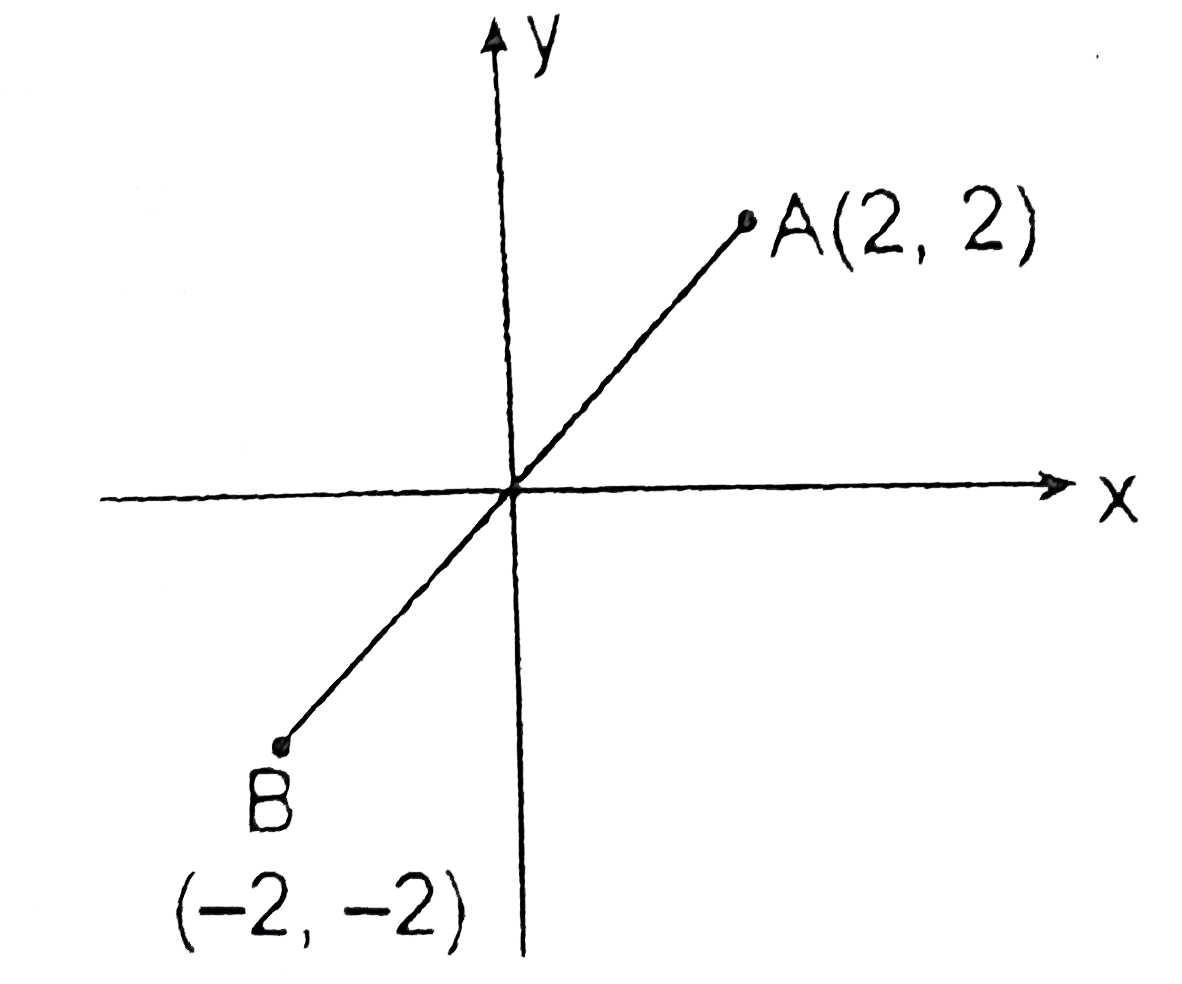Complete Solutions to Single correct Answer Type of chapter LINEAR AND ANGULAR SIMPLE HARMONIC MOTION of Class 11 book with complete answers and questions
| Class 11 | PHYSICS |
| Chapter | LINEAR AND ANGULAR SIMPLE HARMONIC MOTION |
| CENGAGE PHYSICS DPP | Single correct Answer Type |
| Number Of Questions | 29 |
| Academic Year | 2023-24 |
A boby is moving in a room with a velocity of `20m//s` perpendicular to the two walls separated by 5 meters .There is no friction and the collisionnn with the walls are elastic.
03:30View SolutionThe equation of motion of a particle is `x=a " cos"(alpha t)^(2)`. The motion is
03:12View SolutionAs the expression in ivolving sine function , which of the following equations does not represent a simple harmonic motion ?
07:04View SolutionThe displacement of a particle is repersented by the equation `y=sin^(3)omegat`. The motion is
07:19View SolutionThe time taken by a particle performing SHM to pass from point A and B where it is velocities are same is 2s. After another 2 s it returns to B. The time period oscillation is (in seconds)
02:36View SolutionA particle executing SHM of amplitude 4 cm and T=4 s . The time taken by it to move from positive extreme position to half the amplitude is
03:13View SolutionTwo particles undergo SHM along parallel lines with the same time period (T) and equal amplitudes. At particular instant, one particle is at its extreme position while the other is at its mean position. The move in the same direction. They will cross each other after a further time.
04:17View SolutionThe maximum acceleration of a particle in SHM is made two times keeping the maximum speed to be constant. It is possible when
03:43View SolutionA particle executing SHM is described by the displacement function `x(t)=Acos(omegat+phi)`, if the initial (t=0) position of the particle is 1 cm, its initial velocity is `pi" cm "s^(-1)` and its angular frequency is `pis^(-1)`, then the amplitude of its motion is
03:28View SolutionA particle executes simple harmonic motion with an amplitude of 4 cm . At the mean position , the velocity of the particle is `10cms^(-1)`. The distance of the particle from the mean position when its speed becomes `5 cms^(-1)` is
02:30View SolutionA particle is executing SHM according to the equation x`=A cosomegat`. Average speed of the particle during the interval `0larrtlarrpi/(6omega)`
03:03View SolutionThe total energy of the body executing S.H.M. is E. Then the kinetic energy when the displacement is half of the amplitude is
02:58View SolutionA body is executing simple harmonic motion. At a displacement x (from its mean position) its potential energy is `E_(1)` and at a displacement y its potential energy is `E_(2)`. The potential energy is E at displacement (x+y) . Then:
02:34View SolutionAn object of mass 0.2 kg executes simple harmonic oscillation along the x-axis with a frequency `(25)/pi`. At the position x = 0.04m, the object has kinetic energy 0.5J and potential energy 0.4J. amplitude of oscillation is (potential energy is zero mean position).
02:21View SolutionA particle of mass (m) is executing oscillations about the origin on the (x) axis. Its potential energy is `V(x) = k|x|^3` where (k) is a positive constant. If the amplitude of oscillation is a, then its time period (T) is.
03:34View SolutionThe variation of PEE of harmonic oscillator is as shown in figure. The spring constant is
 02:41View Solution
02:41View SolutionA particle is executing SHM between points-`X_(m)andX_(m)`, as shown in figure(i). The velocity V(t) of the particle is partially graphed and shown in figure (ii). Two points A and B corresponding to time `t_(1)` and time `t_(2)` respectively are marked on the V(t) curve.
 03:57View Solution
03:57View SolutionOne end of a spring of force constant k is fixed to a vertical wall and the other to a blcok of mass m resting on a smooth horizontal surface. There is another wall at distance `x_(0)` from the block. The spring is then compressed by `2x_(0)` and released. The time taken to strike the wall is
 03:21View Solution
03:21View SolutionThree masses 700g, 500g, and 400 g are suspended at the end of a spring a shown and are in equilibrium. When the 700 g mass is removed, the system oscillacts with a period of 3 seconds, when the 500 gm mass is also removed, it will oscillate with a period of
 04:08View Solution
04:08View SolutionFour massless springs whose force constants are 2k, 2k, k and 2k respectively are attached to a mass M kept on a frictionless plane (as shown in figure). If the mass M is displaced in the horizontal direction.
 04:55View Solution
04:55View SolutionA body at the end of a spring executes SHM with a period `t_(1),` while the corresponding period for another spring is `t_(2),` If the period of oscillation with the two spring in series is T, then
02:29View SolutionTwo identical springs are attached to a small block P. The other ends of the springs are fixed at A and B, When P is in equilibrium the extension of bottom spring is 10 cm. The period of small vertical oscillations of P about is equilibrium position is `(use "g"=9.8 m//s^(2))`
 08:26View Solution
08:26View SolutionIn the following arrangements, block is slightly displaced vertically down from its equilibrium position and released. Find time period of vertical oscillations. Assume the pulley to be light.
 04:37View Solution
04:37View SolutionA block of mass m is at rest on the another blcok of same mass as shown in figure. Lower block is attached to the spring then the maximum amplitude of motion so that both the blcok will remain in contact is
 08:36View Solution
08:36View SolutionThe displacement of a particle in simple harmonic motion in one time period is
01:37View SolutionThe displacement of a particle varies with time as `x = 12 sin omega t - 16 sin^(3) omega t` (in cm) it is motion is `S.H.M.` then its maximum acceleration is
02:30View SolutionA particle is acted simultaneously by matually perpendicular simple harmonic motion `x=a"cos "omegat` and `y=a "sin"omegat` . The trajectory of motion of the particle will be
01:45View SolutionA disc of radius `R` and mass `M` is pivoted at the rim and it set for small oscillations. If simple pendulum has to have the same period as that of the disc, the length of the simple pendulum should be
04:18View SolutionA particle of mass `m = 2kg` executes `SHM` in `xy`- plane between point A and B under action of force `vecF = F_(x)hati+F_(y)hatj`. Minimum time taken by particle to move from A to B is 1 sec. At `t = 0` the particle is at `x = 2` and `y = 2`. Then `F_(x)` as function of time t is
 04:42View Solution
04:42View Solution
Single correct Answer Type questions and complete solutions for chapter LINEAR AND ANGULAR SIMPLE HARMONIC MOTION of CENGAGE PHYSICS (ENGLISH) of Class 11
